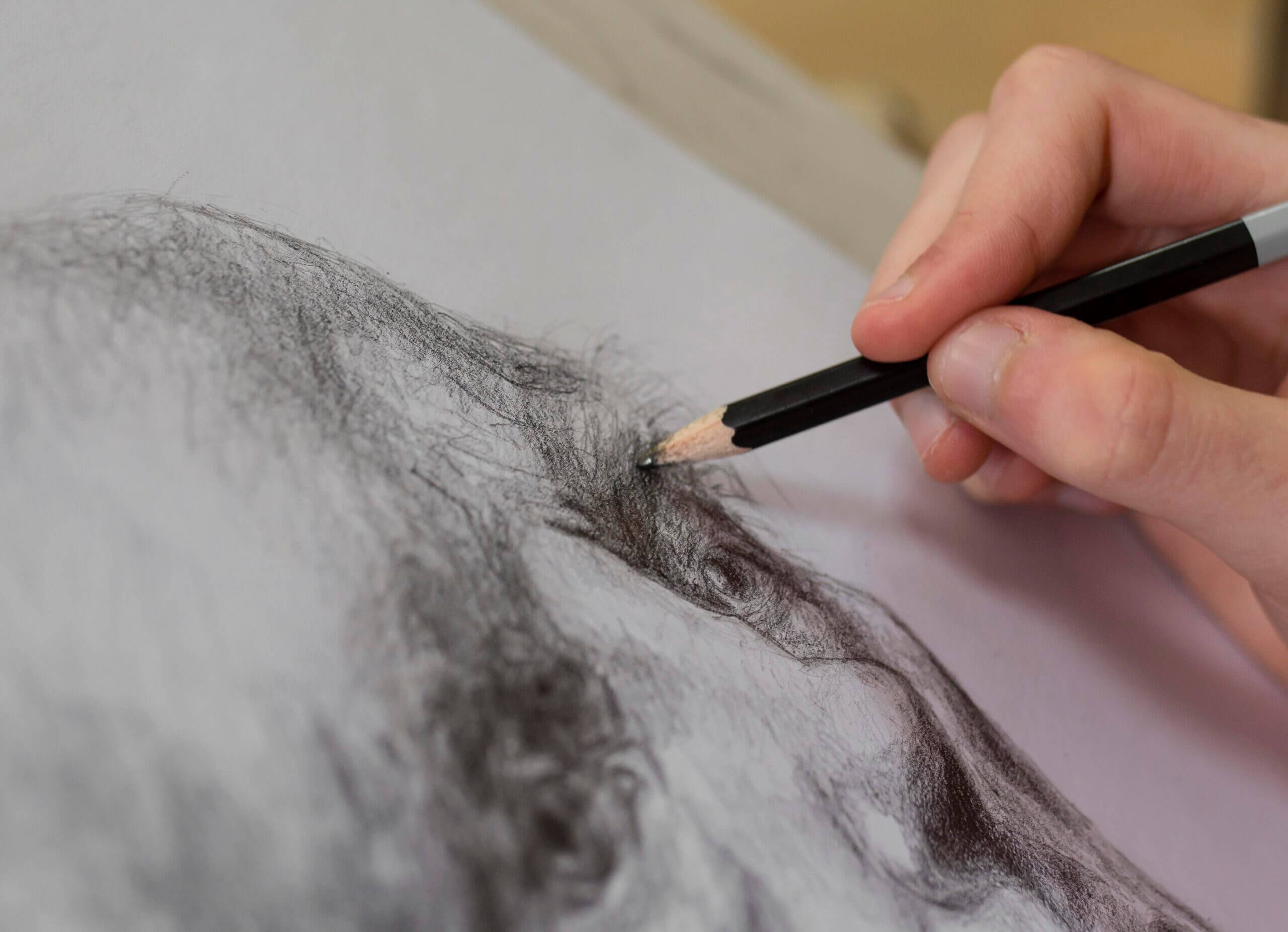No one is born with a pencil in hand. If you are passionate about learning to draw, then grab an art book and a pencil and begin your artistic journey by signing up for online sketching classes.
What does “sketching” mean in art?
Have you ever seen an artist carry their sketchbook and a set of pencils with them wherever they go? “I always carry a sketchbook around with me, and I sketch whenever I can. I might be in a financial review and be sketching because I find that I actually listen better when I sketch. “Truth be told, there are probably more sketches in my books than there are written notes,” says Mark Parker, an American businessman.
Eh, yes, an artist keeps their stationary close to their hearts just like a foodie keeps their food a stone’s throw away.
A good sketcher plagiarises art, but a great one creates their own ideas. Artists capture moments on paper through their drawing skills.
Then again, can we not say that? Sketching is a temporary drawing or art form in which the artist captures their ideas roughly and then develops them into a beautiful art piece later. These ideas can be anything from nature, objects, or anything else sketcher encounters.
There is no right age to learn an art. And, sketching is a form of therapy that any person of any age group can learn by enrolling themselves in an online sketching course.
Here are some of the great sketching tips and techniques that everyone should follow while creating a sketch:
- Understand your tools:
Before creating a sketch, it is important to know and understand the right sketching tools for yourself. There are different types of pencil grades (HB, 2B, and 6–8B) that are usually preferred, but you can use the variety as per your preference. The next most important tool is sketching paper or a quality sketchbook for yourself to create the sketches. Some other tools, like soft rubbers, graphite erasers, and metallic sharpeners, are also important to begin your sketching art.
Blending stumps of tortillions and kneaded erasers are the best sources to make your sketching art more idealistic. Before moving on to sketching classes, an experienced trainer will ask you to purchase these materials.
- Begin with basic large shapes and objects:
Aren’t we so eager to learn and get into the details of sketching? Learning art is a series of lessons to learn from scratch and advance. Beyond any neglect, it is imperative to study and learn to picture your subjects. It may be a drawing of still life, the human figure, a landscape, or combining simple shapes like cubes, cylinders, rectangular prisms, and others.
As mentioned earlier, creating a sketch is a process, and each step demands expertise. So, begin with details, texture, and shading only after solidifying your base outline sketch. There are many platforms, like Grow Inn Steps, where you can sign up to learn and build the foundation of sketching art by learning from the best trainers.
- The right way to hold a pencil:
It may take time to get a grip on how to hold the pencil in the beginning, but sooner or later you will get comfortable gripping the pencil for creating a sketch. Unlike writing, sketching does not need to be perfect. In sketching, we begin by creating imperfect lines and processing them.
An experienced trainer of Grow Inn Steps explains that there is no one right way to hold a pencil. The sketcher can hold the tool depending on their comfort level. However, sketching will demand the movement of your hands.
- References to improve the skills:
If you are beginning and looking for a continuous source of progress, then you can take references from your life and photographs. Using them will allow the beginners to develop their observational skills and hand-eye coordination among them. The study of how things look in real life will help you polish the work and make it more effective in the future.
- Practice sketching daily:
“Practice makes us perfect.” Didn’t we all grow up hearing it? Whether we talk about academic skills or any other extra-curricular activities like sketching, there is no effective trick like practicing sketching daily. Besides the live-interactive sketching classes, an artist should spare some extra time practicing it by themselves.
- Use colors and shadows:
To prevent the sketches from being distracted by colors, creating them in grayscale is the basic condition of sketching. However, we can use contrasting colors in minimal numbers to draw attention to specific elements. If you are using colors, keep them consistent. Similarly, your sketch will deliver an effective pictorial message when shadows are added to interactive elements.
To sum it up,
Stressing off on paper with a pencil is a great way to chill and relax after a long, tedious day. Online sketching classes are outrageous activities that anyone can engage in and do them at anytime. There are platforms like Grow Inn Steps that provide live, engaging courses for people of all ages. And, you can learn from experienced trainers across the globe.
Share your feedback with us, and comment below with the topics that you want us to inscribe for you.
